Portland's balance, Columbus's failures out wide determine MLS Cup
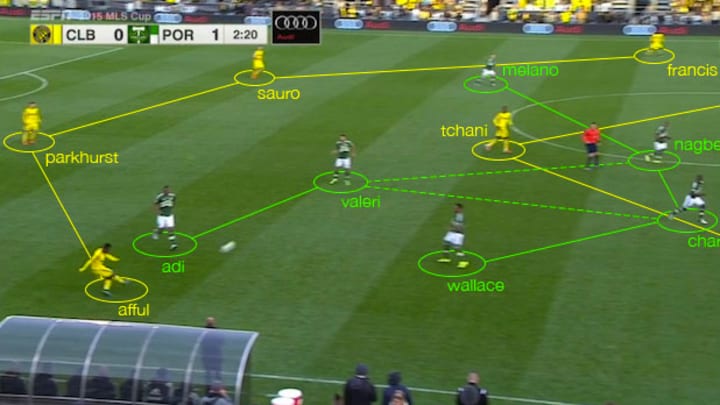
Chaos reigned in the early going, but once the dust settled on the 20th MLS Cup final, the Portland Timbers lifted the trophy with a 2-1 win over the host Columbus Crew on Sunday. Particularly in the opening minutes, it was far from a quality match, but the Timbers adapted better to the circumstances and deserved their victory.
Both teams set up with similar approaches, in 4-2-3-1 base systems with Argentine playmakers in Diego Valeri and Federico Higuaín, who drifted all over the field to find the game. Out of possession, they reverted to 4-4-2 with the wingers tracking back alongside the central midfielders.
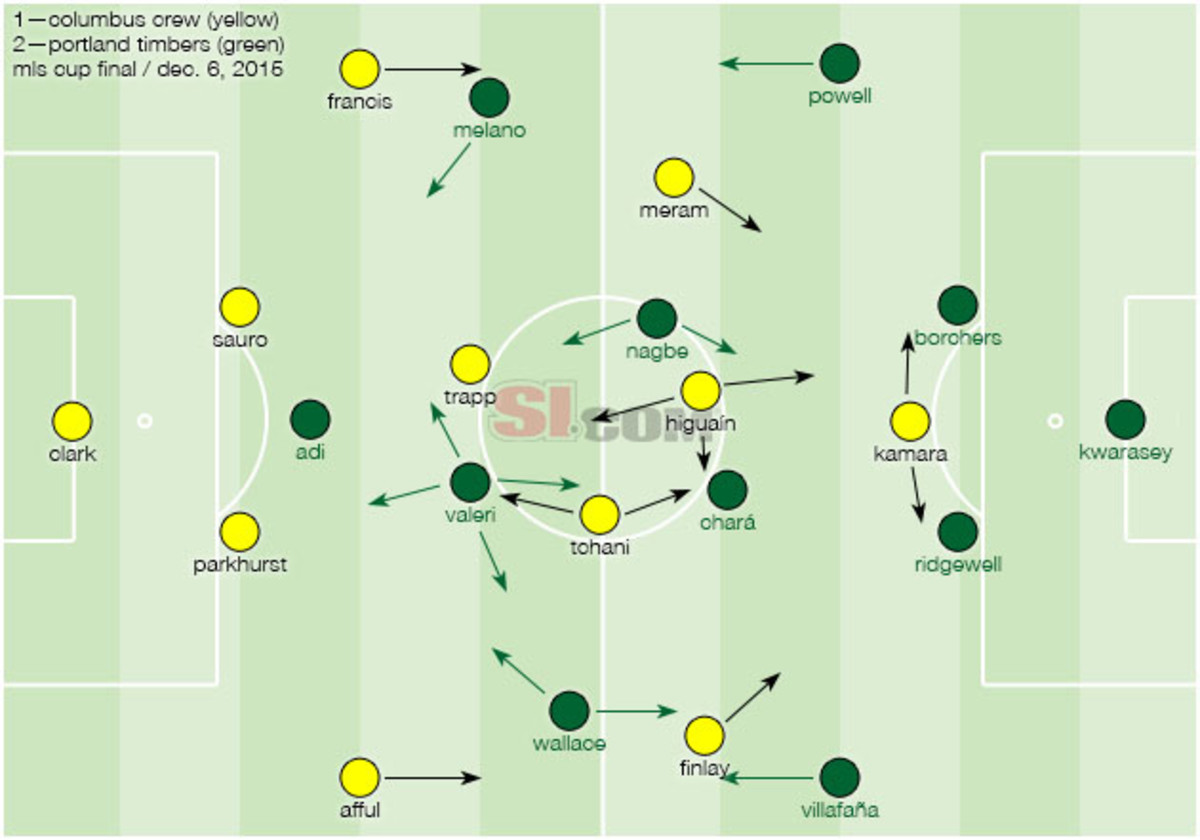
Both sets of fullbacks overlapped as those wingers tucked centrally in attack, particularly on the right side. Portland’s Alvas Powell and Columbus’ Harrison Afful advanced higher on their respective sides, while teammates on the opposite flank balanced their movements with more conservative positioning.
Nagbe, Borchers the keys to success for Portland Timbers’ MLS Cup run
In the middle, two more withdrawn midfielders played underneath Valeri and Higuaín. For Portland, Diego Chará stayed closer to the back line to allow Darlington Nagbe freedom to push on. On the opposite side, Wil Trapp was the conservative one, with Tony Tchani stepping up.
Neither side’s midfield remained stagnant, though, with all three players rotating to take up any position as dictated by the opposition and teammates’ positioning.
Early in the first half, the Timbers took a more aggressive defensive stance, pushing the midfield and forward lines into Columbus’s half to prevent easy play out of the back.

It paid immediate dividends, as MLS Cup MVP Valeri pressured goalkeeper Steve Clark’s miserable first touch inside his own six-yard box to score with 27 seconds gone by, an MLS Cup record. In the seventh minute, a similar moment of throwing numbers forward resulted in Rodney Wallace’s diving header (with an additional assist to assistant referee Corey Parker for failing to call a ball clearly out of play and Afful for failing to check his back shoulder even once for runners).
Timbers create their own brand of luck en route to MLS Cup victory
The Crew looked overwhelmed from the first moment of the match, despite keeping 61% possession throughout. The Timbers only kept more of the ball in three different five-minute intervals, attempting 314 total passes to Columbus’s 489.
After a blazing start, both teams composed themselves at halftime and began the second half with far more control.
Although they gave up a goal in another moment of chaos in the 18th minute, the Timbers decided it was time to lock up the back end and protect their one-goal lead, which would ostensibly preclude any further histrionics in the Portland penalty area.
- MORE: All of SI.com's coverage of the 2015 MLS Cup
The Crew, as they had for much of the playoffs, focused their attacks down the right flank through Afful. Still, manager Gregg Berhalter would be left to lament a lack of production in wide areas after the match, due in part to Wallace’s constant tracking back to support fullback Jorge Villafaña on that side.
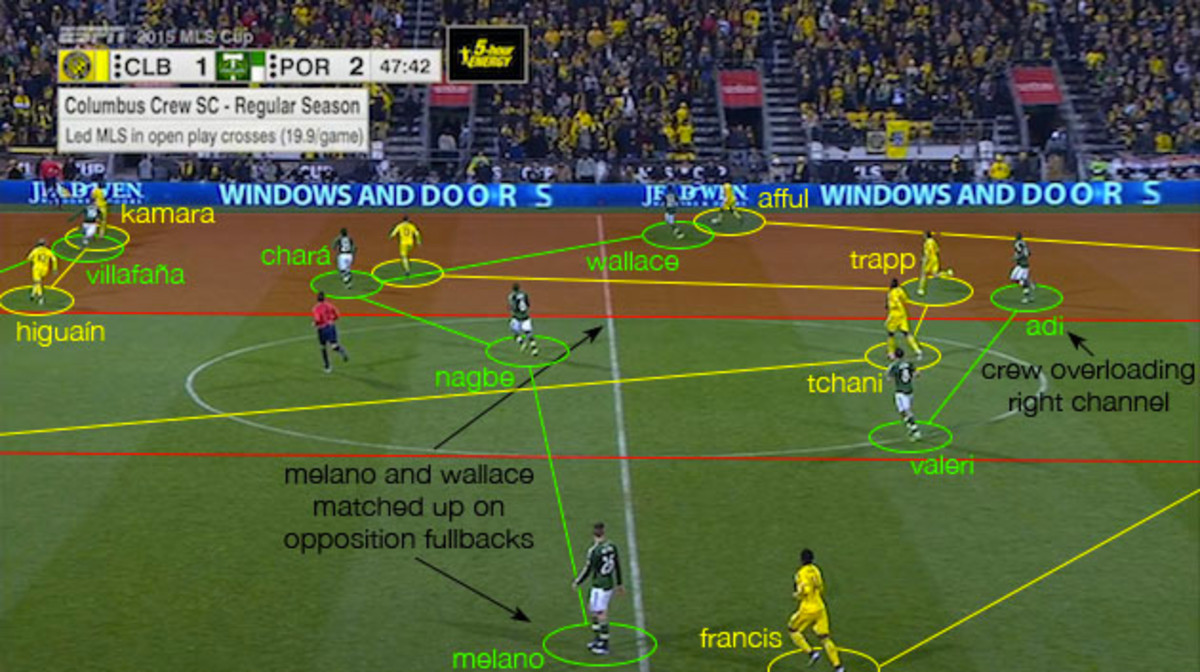
Portland’s wingers got forward from their low starting positions mainly on counterattacks in the second half. Lucas Melano stayed with Waylon Francis and Wallace marked Afful when Columbus gained possession. That left the fullbacks and central midfielders to sort out Columbus’s indented wingers and Higuaín, who mostly drifted to the right side with target man KeiKamara, to create an overload in their strongest area of the field.
Portland coach Caleb Porter said before the game that his team would concentrate on shutting down the Crew’s right wing, which played into the Timbers’ strengths. Wallace is a much stronger defensive player than Melano, whose one-on-one ability on the unbalanced side of Columbus’ defense caused trouble on second-half counters.
The Timbers could have extended their lead on a couple occasions in the second half, even playing against the run of play. It was Columbus that pushed numbers forward, looking for an equalizer as Portland seemed content to absorb pressure before trying to exploit gaps the other way.
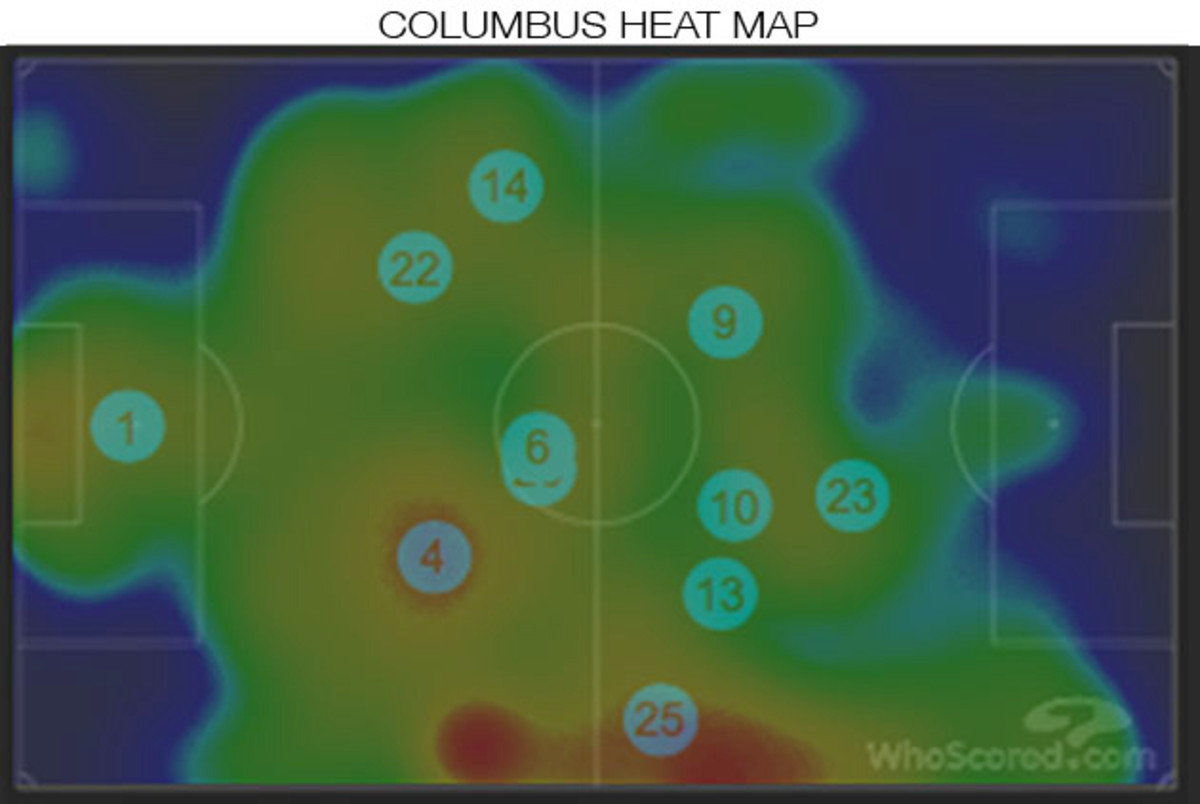
Columbus continued to favor its right side until the final whistle, looking to pinch its attacking players centrally to be on the end of service from deeper men. The fullbacks on both sides finished with more touches than their same-side wingers; Justin Meram and leading assist man Ethan Finlay hardly played a role in the Crew attacks. As the main outlet, Afful had 79 touches on the ball, but he only connected on two of nine crosses he attempted.
The Crew completed just three of 27 total crosses total, including set pieces, for a dismal 11% success rate after leading the league in the regular season. In fact, Columbus’ effectiveness on crosses dictated the team’s fortune for much of the postseason, with high completion in wins over the Montreal Impact and the New York Red Bulls, but much less success in the three playoff matches it lost.
It was Portland’s balance between defense and attack, which the franchise sorely lacked a year ago, that ended up winning the game and the championship. Porter preached that balance from the first day of the season, and a team that couldn’t stop leaking goals in 2014 only conceded 10 goals in 10 games since the start of October 2015.
The Timbers scored 21 in the same time frame, bolstered by Nagbe’s move to central midfield. In a more defensive-minded road match on Sunday, Nagbe played a less-overt role, but he did play the wide ball that led to Melano’s assist on the eventual MLS Cup-winning goal.
On the other end, the Crew couldn’t come up with any solutions when their primary path to goal was stymied repeatedly. After a chaotic start, they struggled to gain any sort of control over possession and rhythm. That, combined with Portland’s improved defensive abilities anchored by center backs Nat Borchers and Liam Ridgewell and goalkeeper Adam Kwarasey, meant Columbus hardly threatened in the second half.
Portland’s tactical nuance made the difference, as it could oscillate between defense and attack as necessary. The Crew’s approach, successful as it had been in the regular season, was too one-dimensional when faced with the Timbers’ equilibrium.
GALLERY: 20 years of MLS Cup champions
MLS Cup Winners Through The Years
1996 — D.C. United
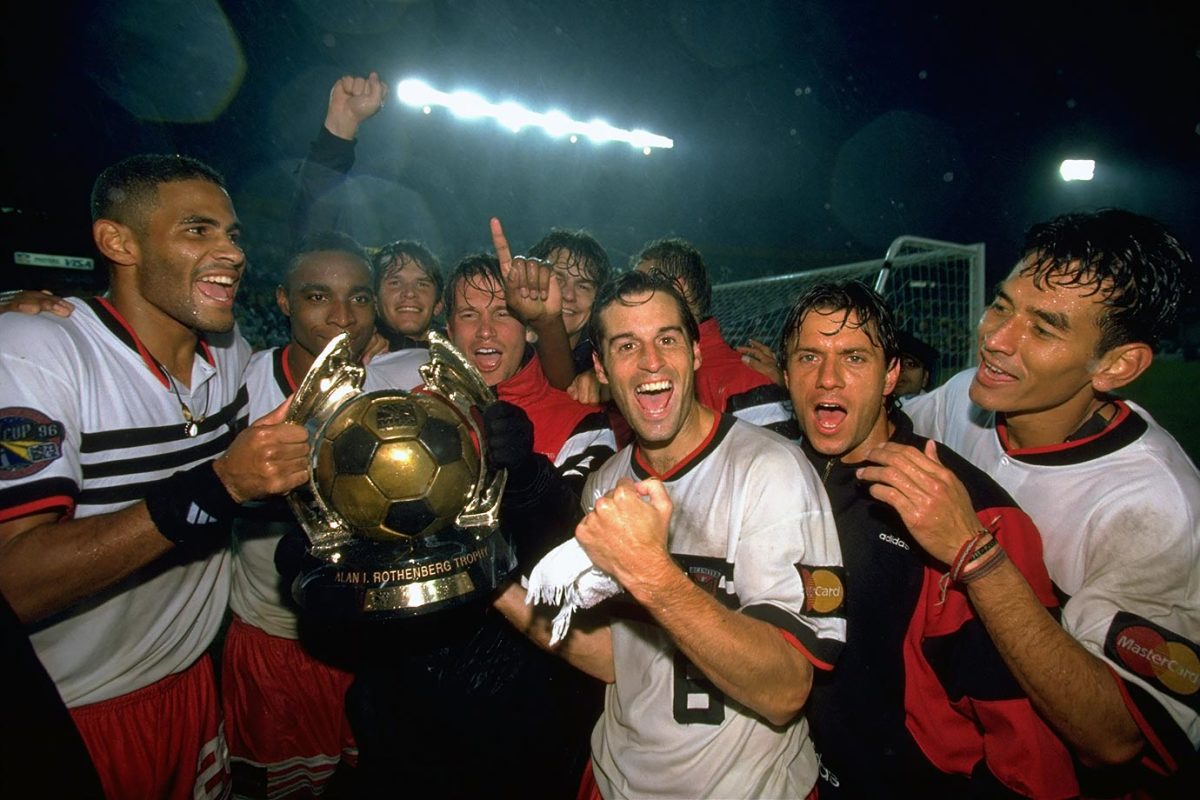
1996 — D.C. United (beat LA Galaxy 3-2 in extra time)
1997 — D.C. United
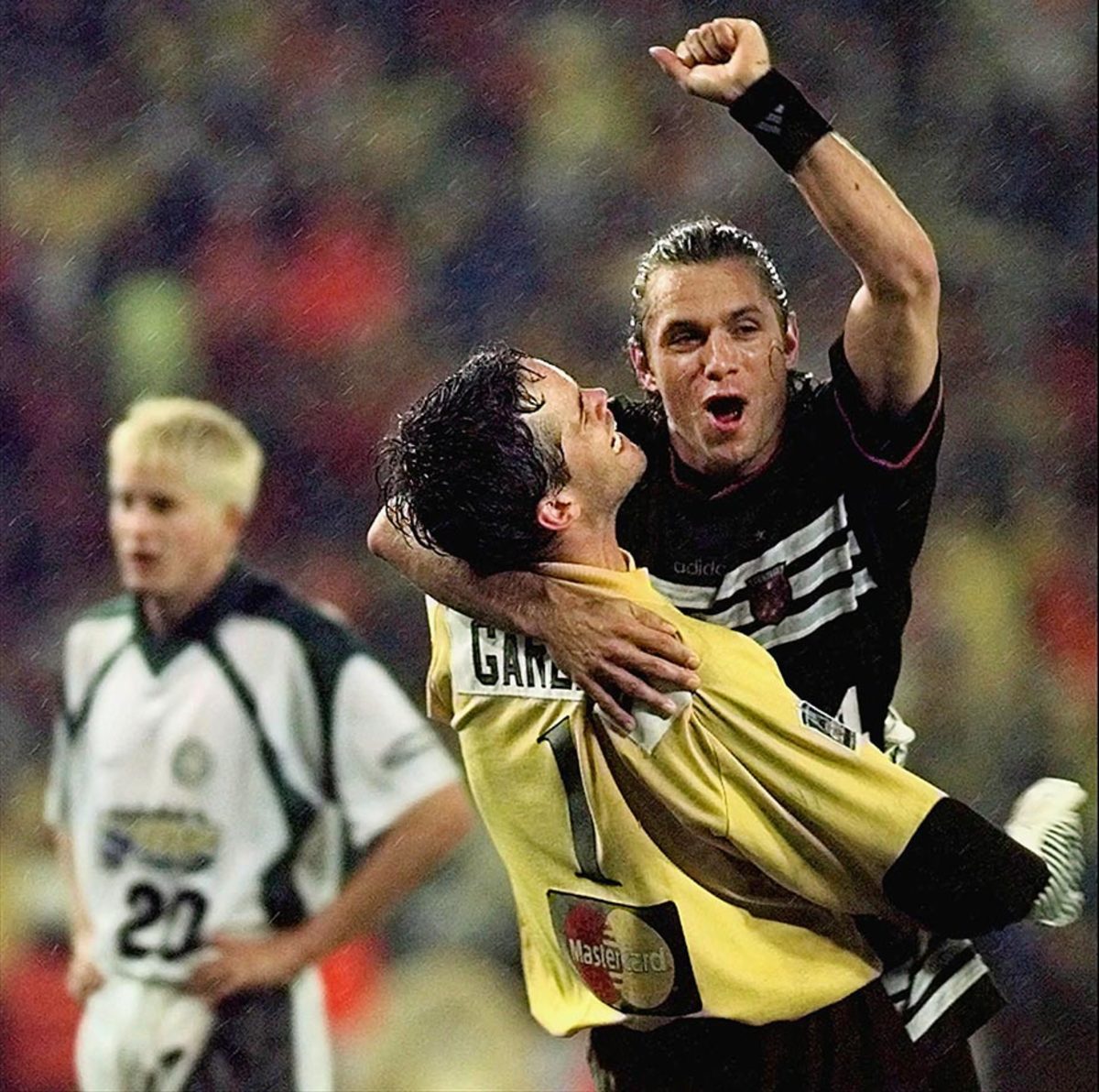
1997 — D.C. United (beat Colorado Rapids 2-1)
1998 — Chicago Fire
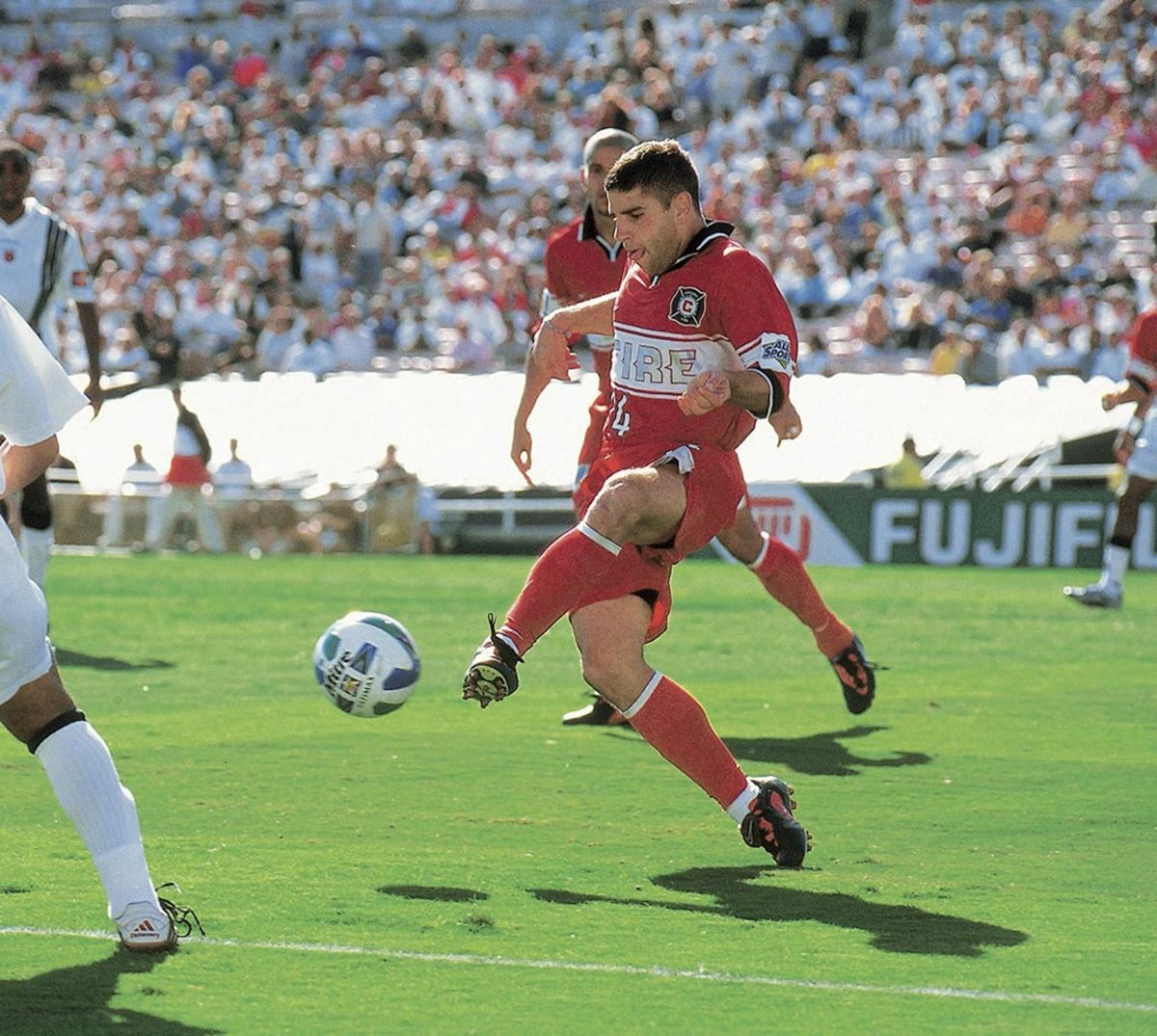
1998 — Chicago Fire (beat D.C. United 2-0)
1999 — D.C. United
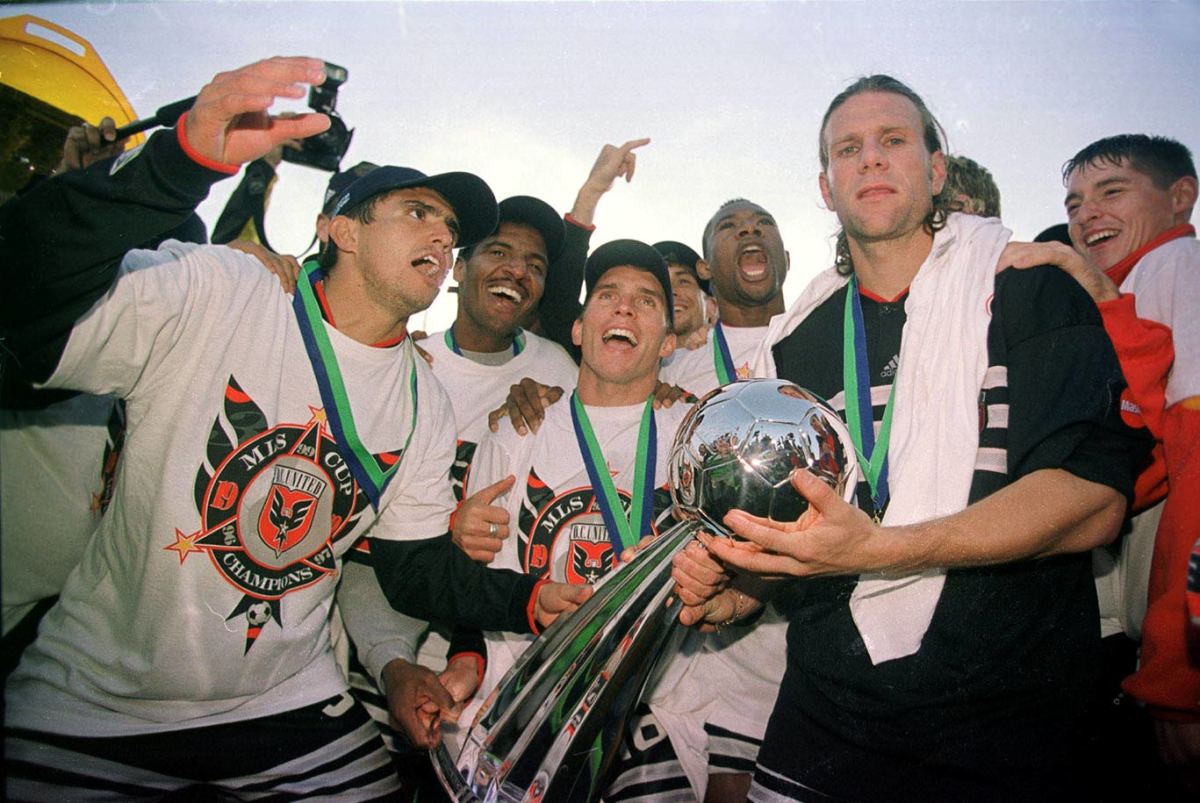
1999 — D.C. United (beat LA Galaxy 2-0)
2000 — Kansas City Wizards
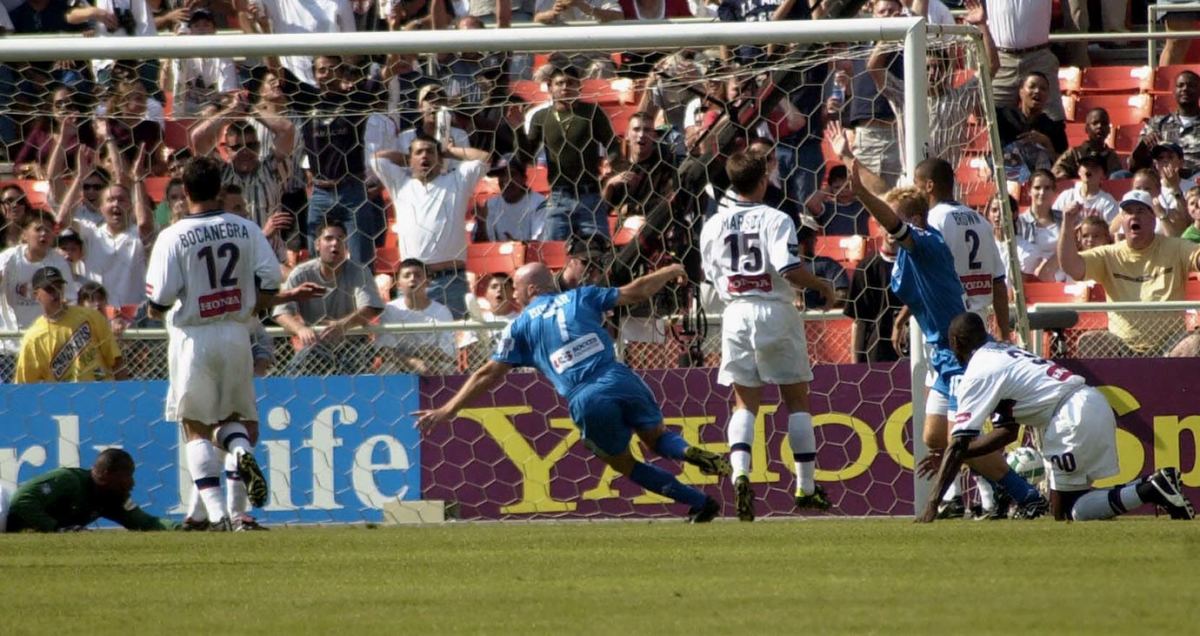
2000 — Kansas City Wizards (beat Chicago Fire 1-0)
2001 — San Jose Earthquakes
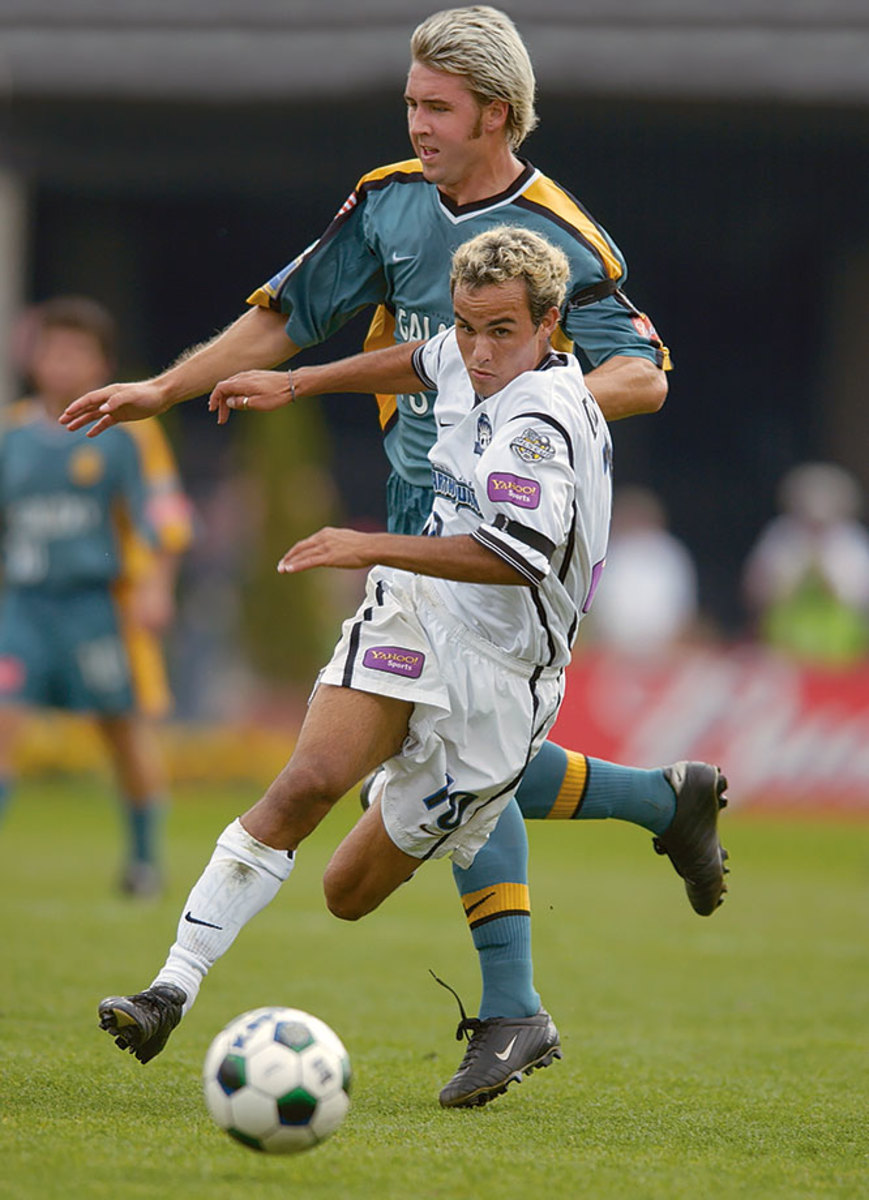
2001 — San Jose Earthquakes (beat LA Galaxy 2-1 in extra time)
2002 — LA Galaxy
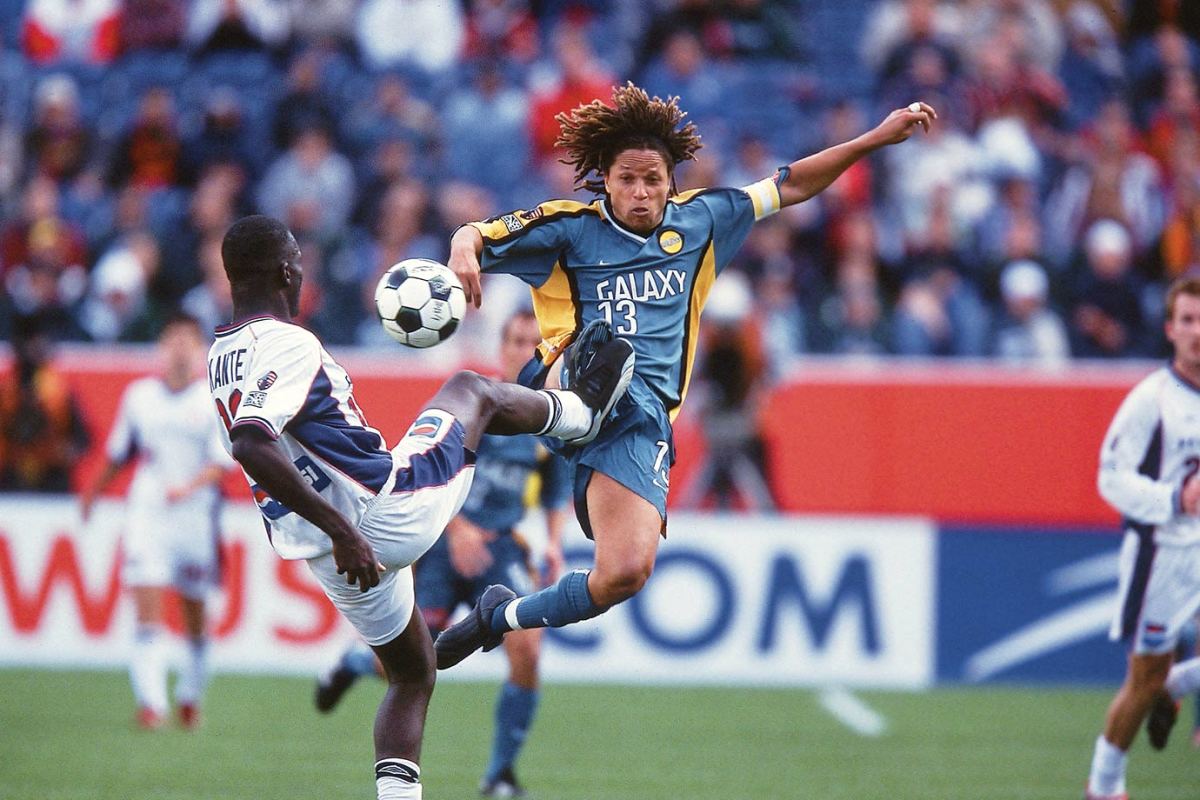
2002 — LA Galaxy (beat New England Revolution 1-0 in extra time)
2003 — San Jose Earthquakes
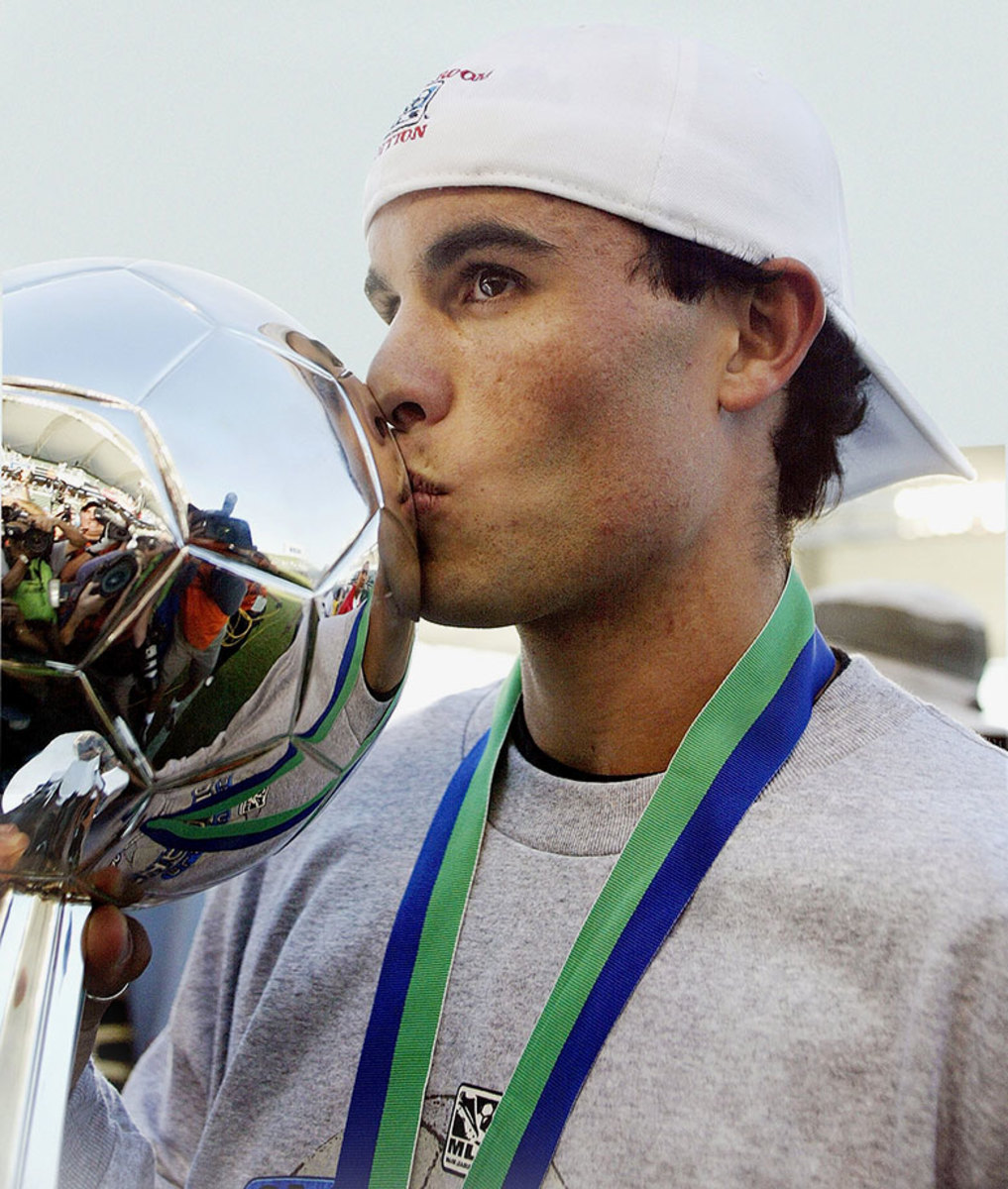
2003 — San Jose Earthquakes (beat Chicago Fire 4-2)
2004 — D.C. United
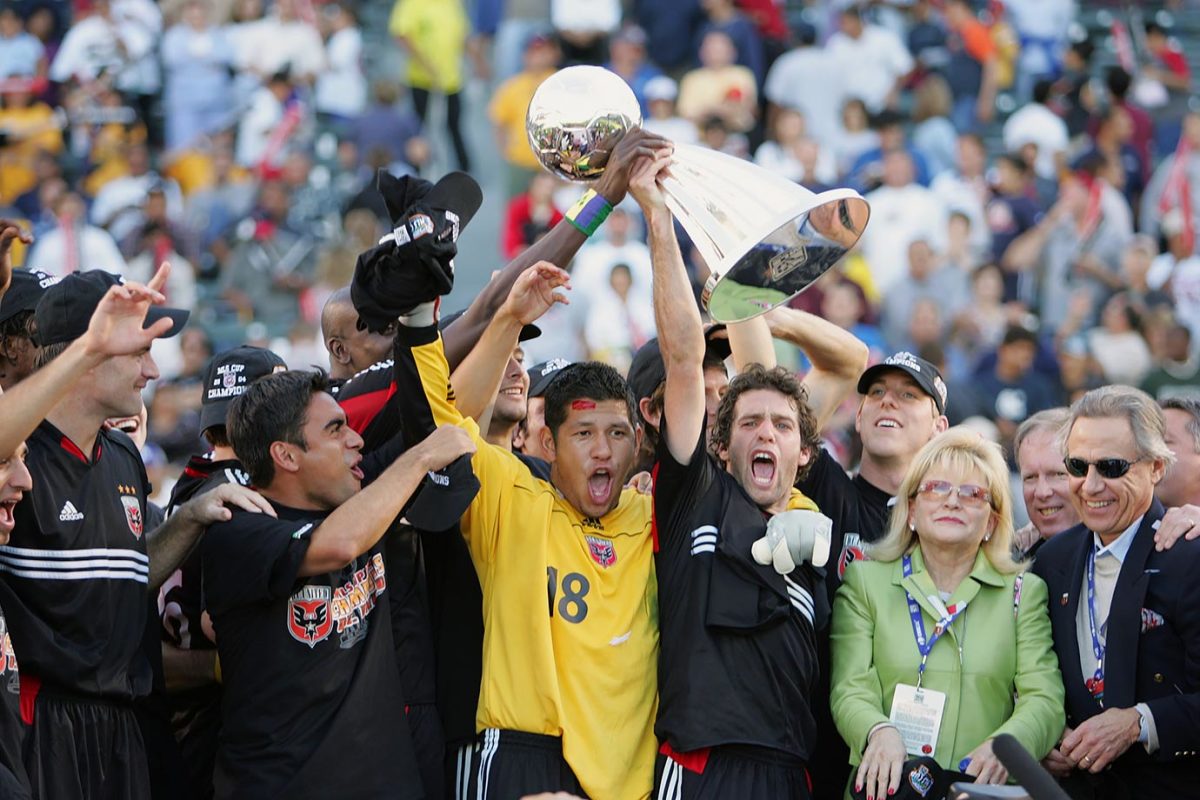
2004 — D.C. United (beat Kansas City Wizards 3-2)
2005 — Los Angeles Galaxy
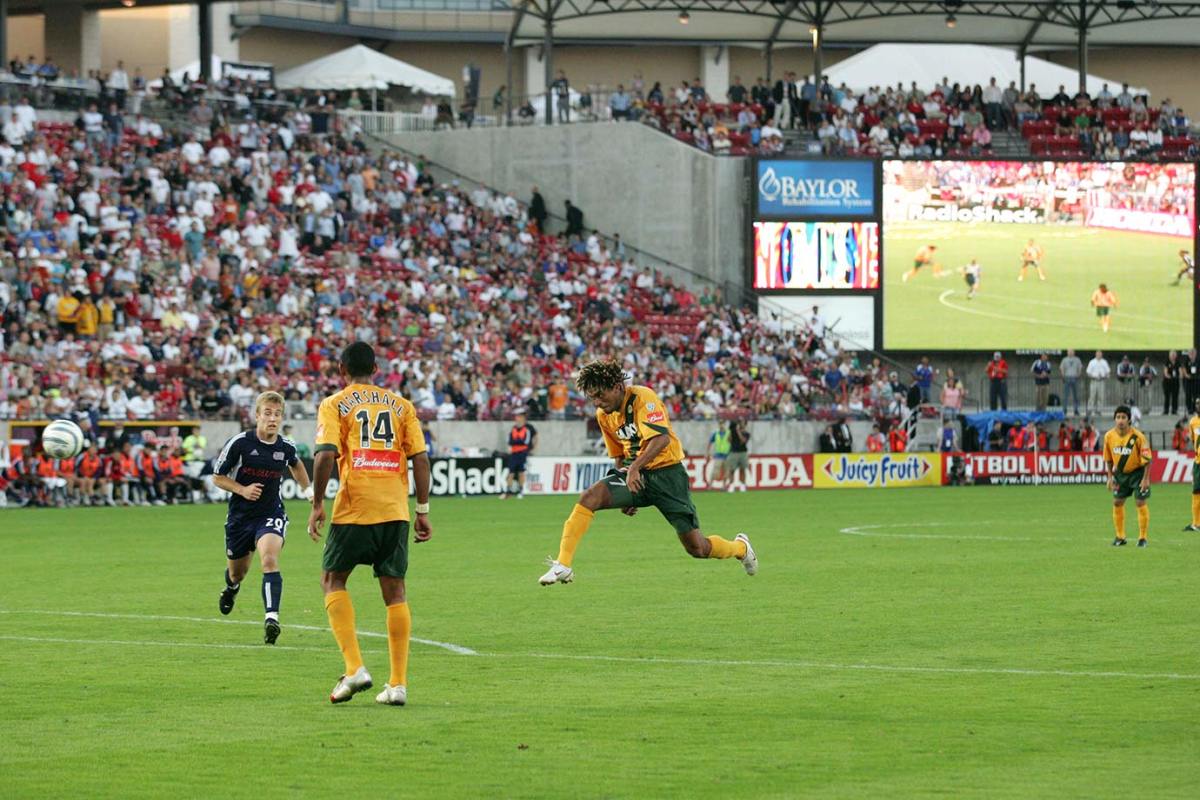
2005 — Los Angeles Galaxy (beat New England Revolution 1-0 in extra time)
2006 — Houston Dynamo
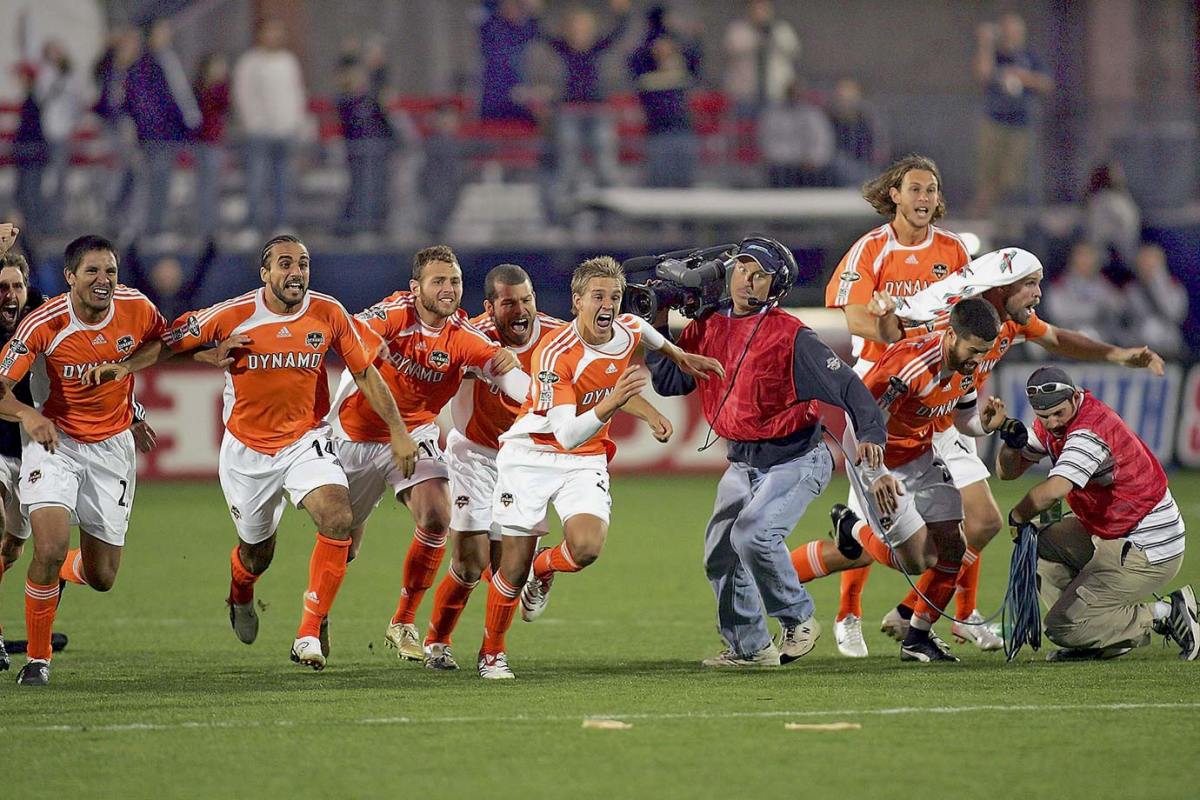
2006 — Houston Dynamo (beat New England Revolution in penalty kicks after 1-1 draw)
2007 — Houston Dynamo
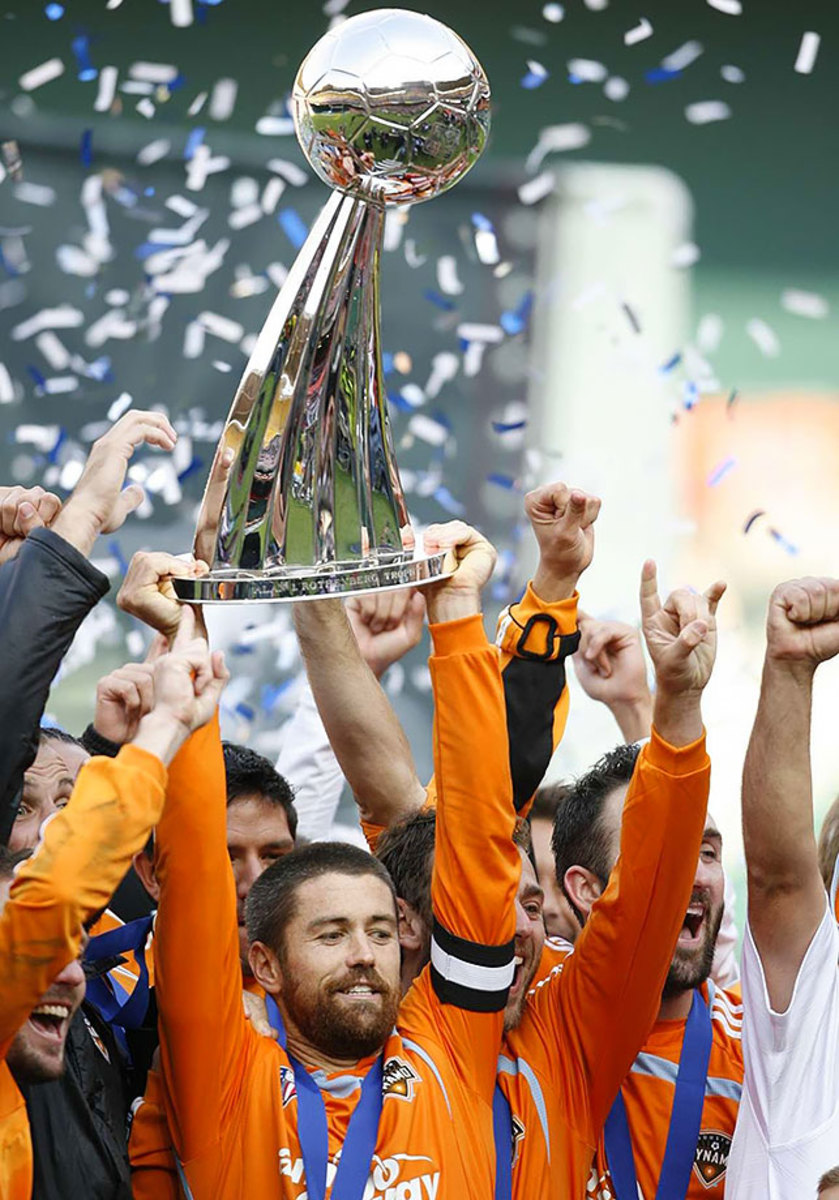
2007 — Houston Dynamo (beat New England Revolution 2-1)
2008 — Columbus Crew
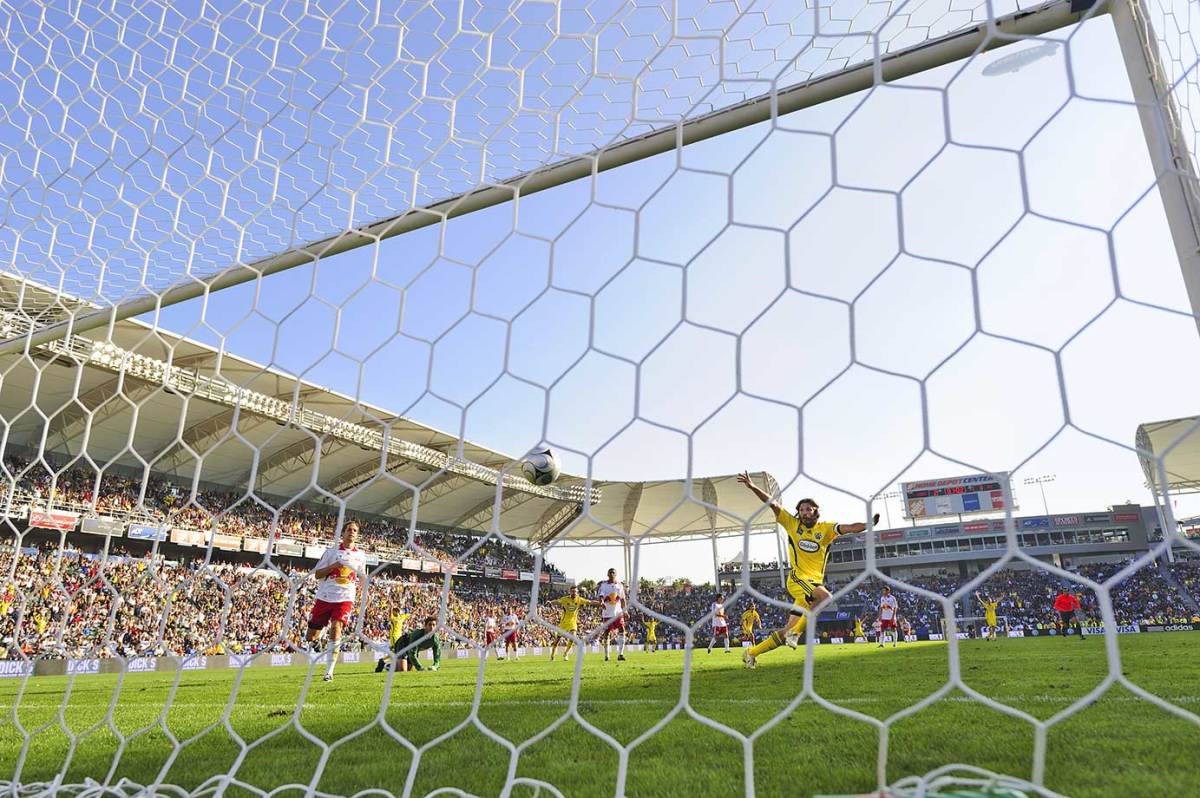
2008 — Columbus Crew (beat New York Red Bulls 3-1)
2009 — Real Salt Lake
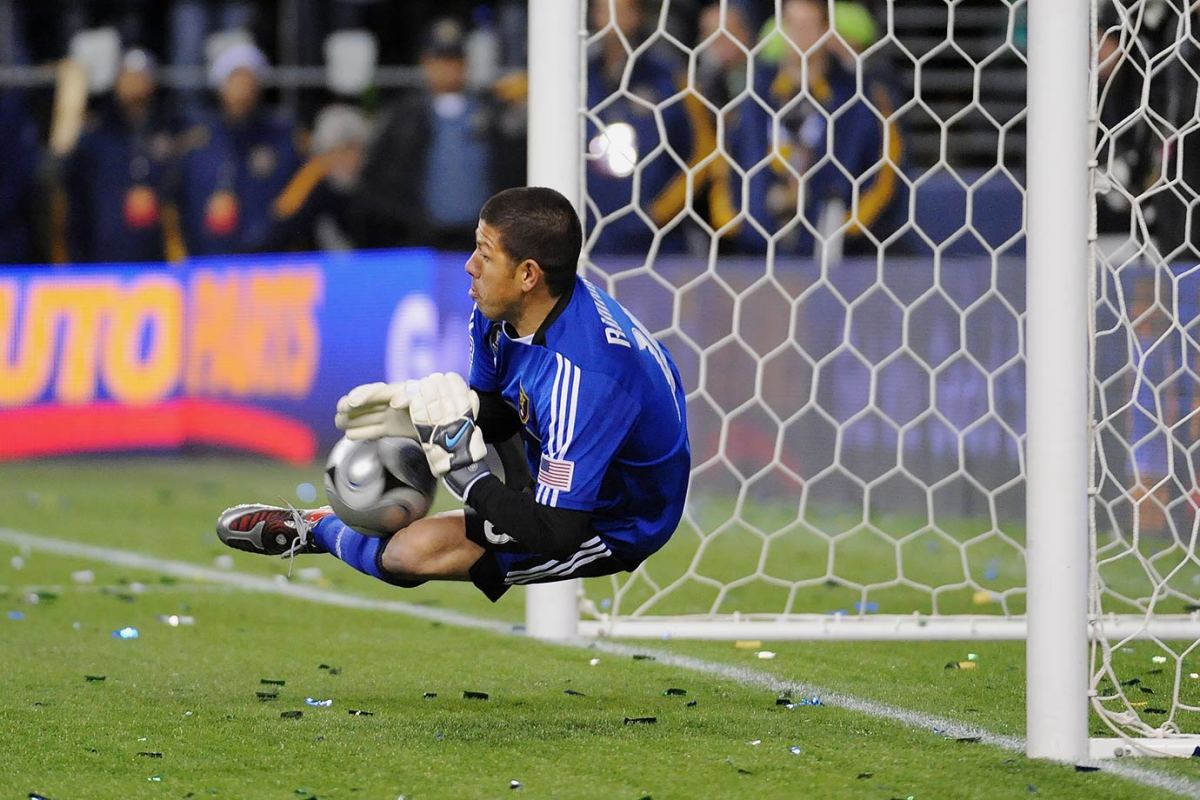
2009 — Real Salt Lake (beat LA Galaxy in penalty kicks after 1-1 draw)
2010 — Colorado Rapids
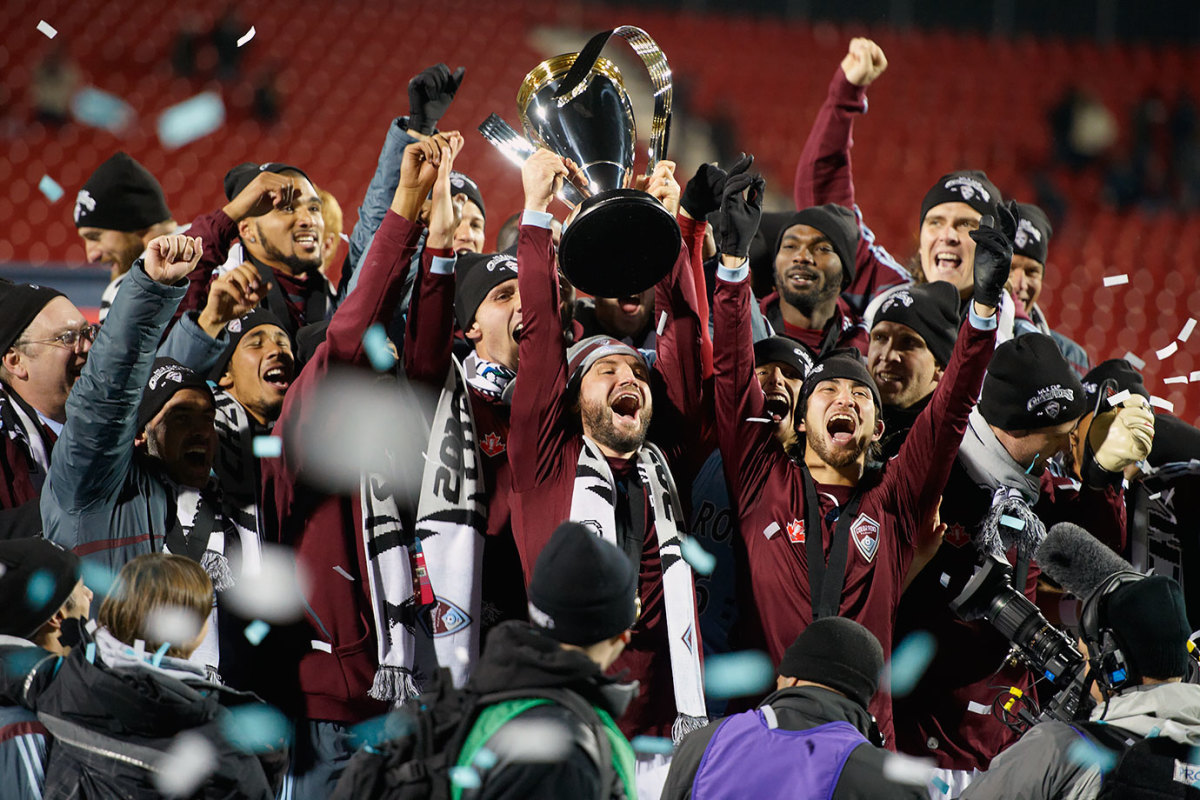
2010 — Colorado Rapids (beat FC Dallas 2-1 in extra time)
2011 — LA Galaxy
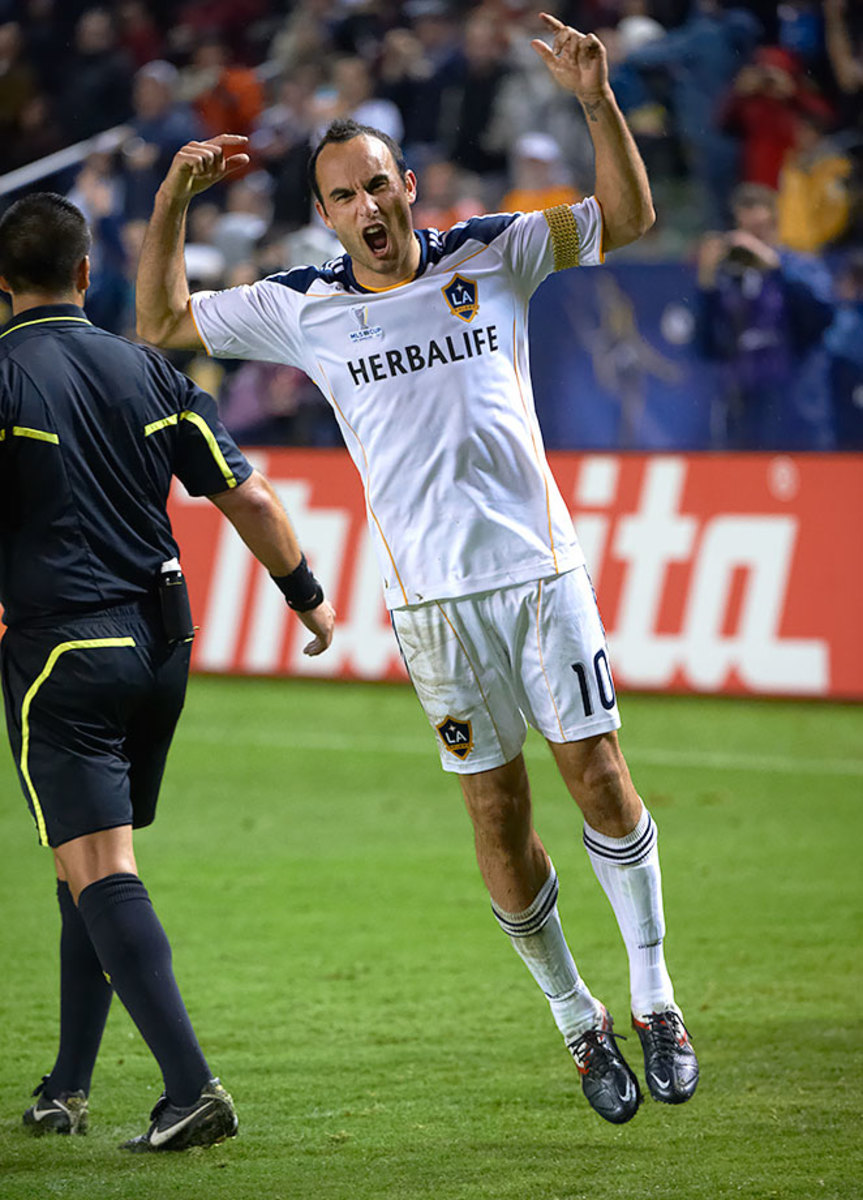
2011 — LA Galaxy (beat Houston Dynamo 1-0)
2012 — LA Galaxy
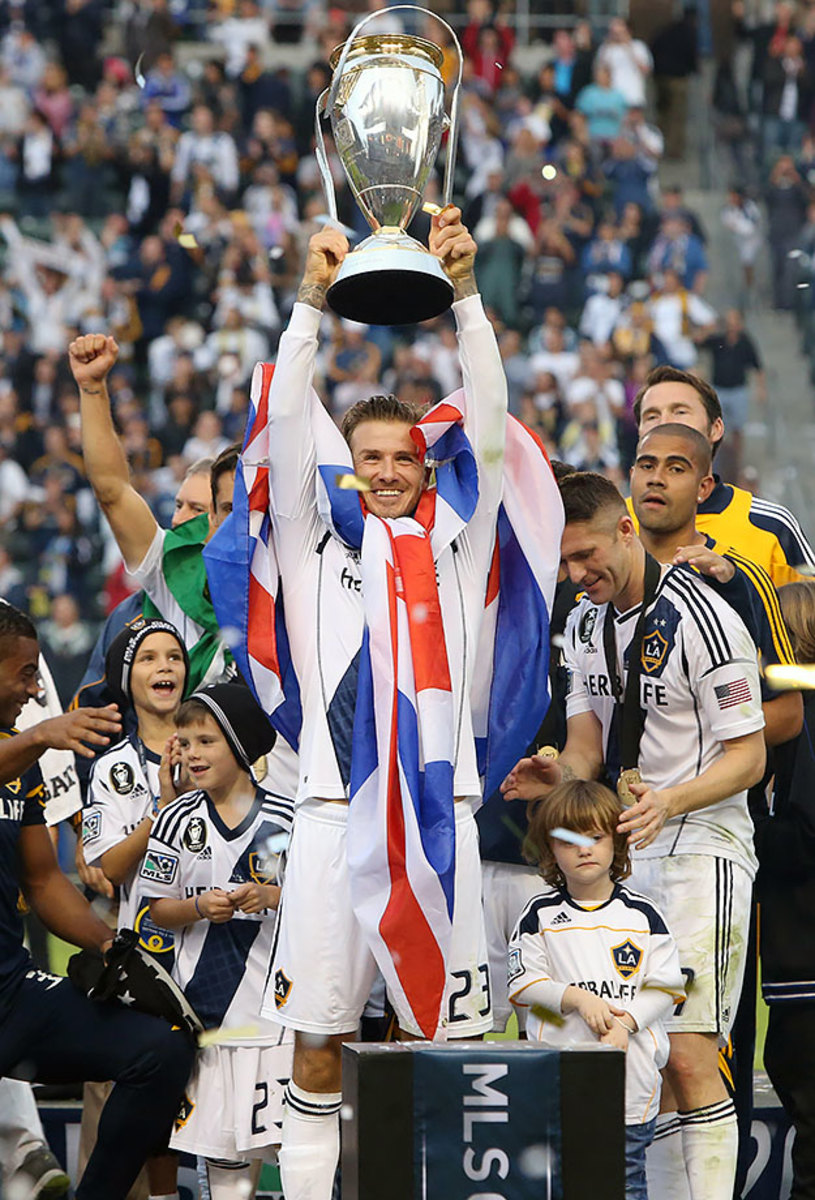
2012 — LA Galaxy (beat Houston Dynamo 3-1)
2013 — Sporting Kansas City
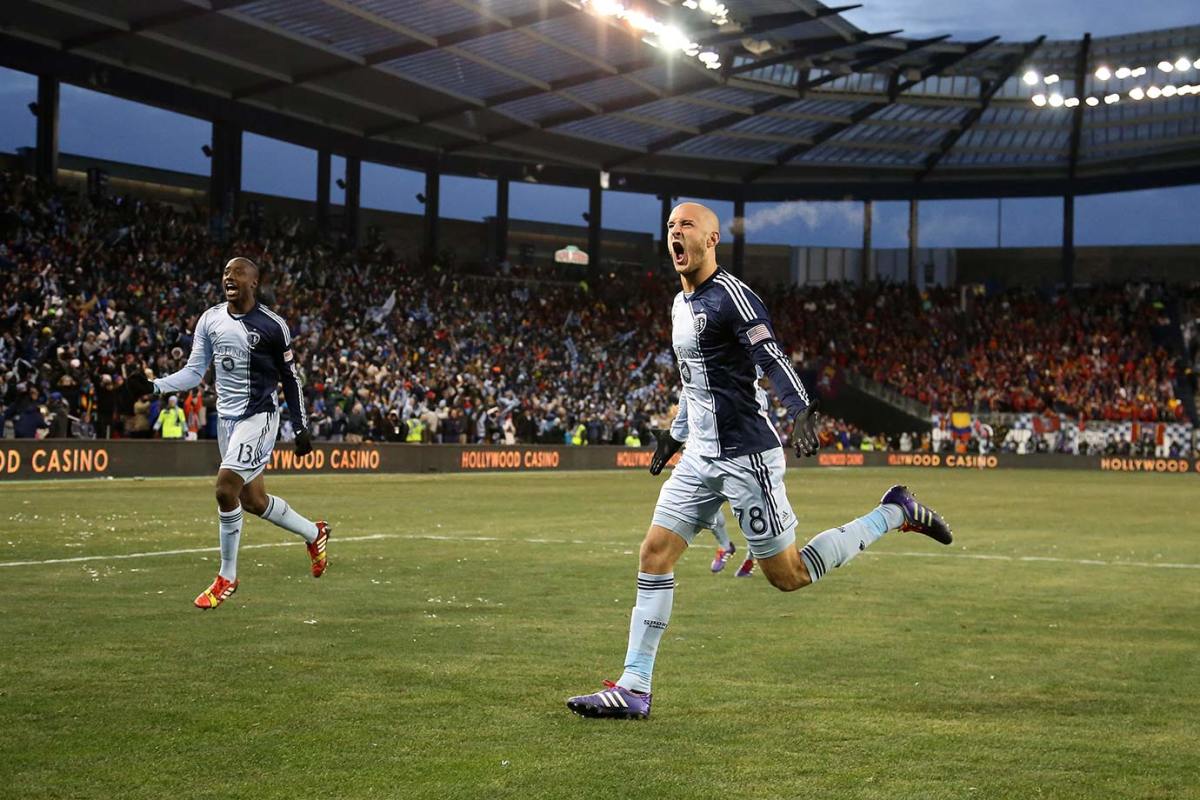
2013 — Sporting Kansas City (beat Real Salt Lake in penalty kicks after 1-1 draw)
2014 — LA Galaxy
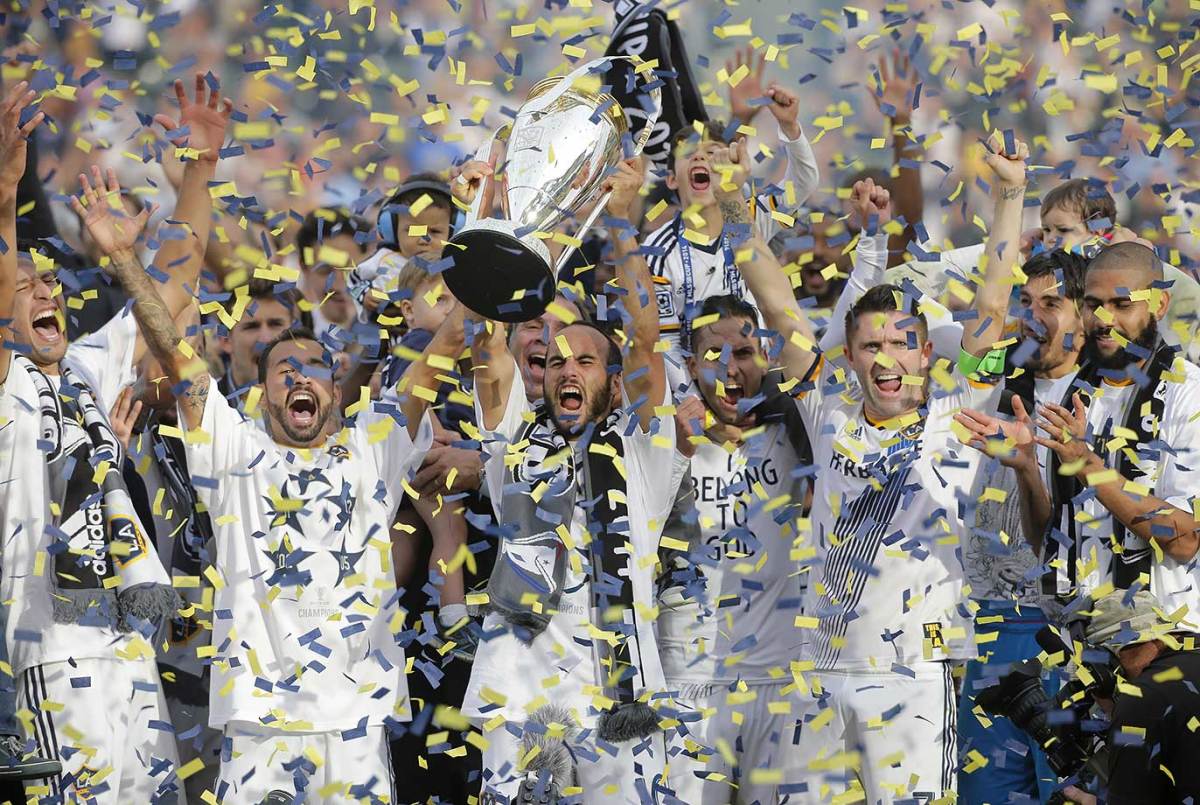
2014 — LA Galaxy (beat New England Revolution 2-1 in extra time)
2015 – Portland Timbers
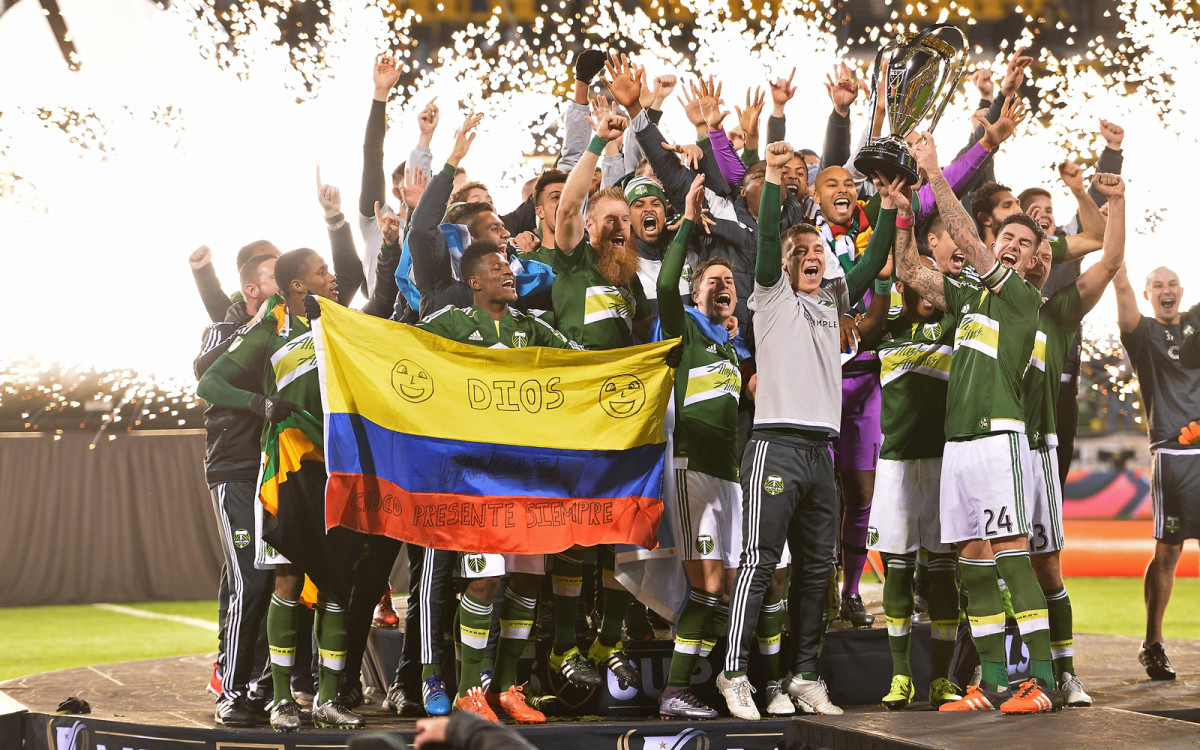
2015 – Portland Timbers (beat Columbus Crew SC 2-1)
2016 – Seattle Sounders
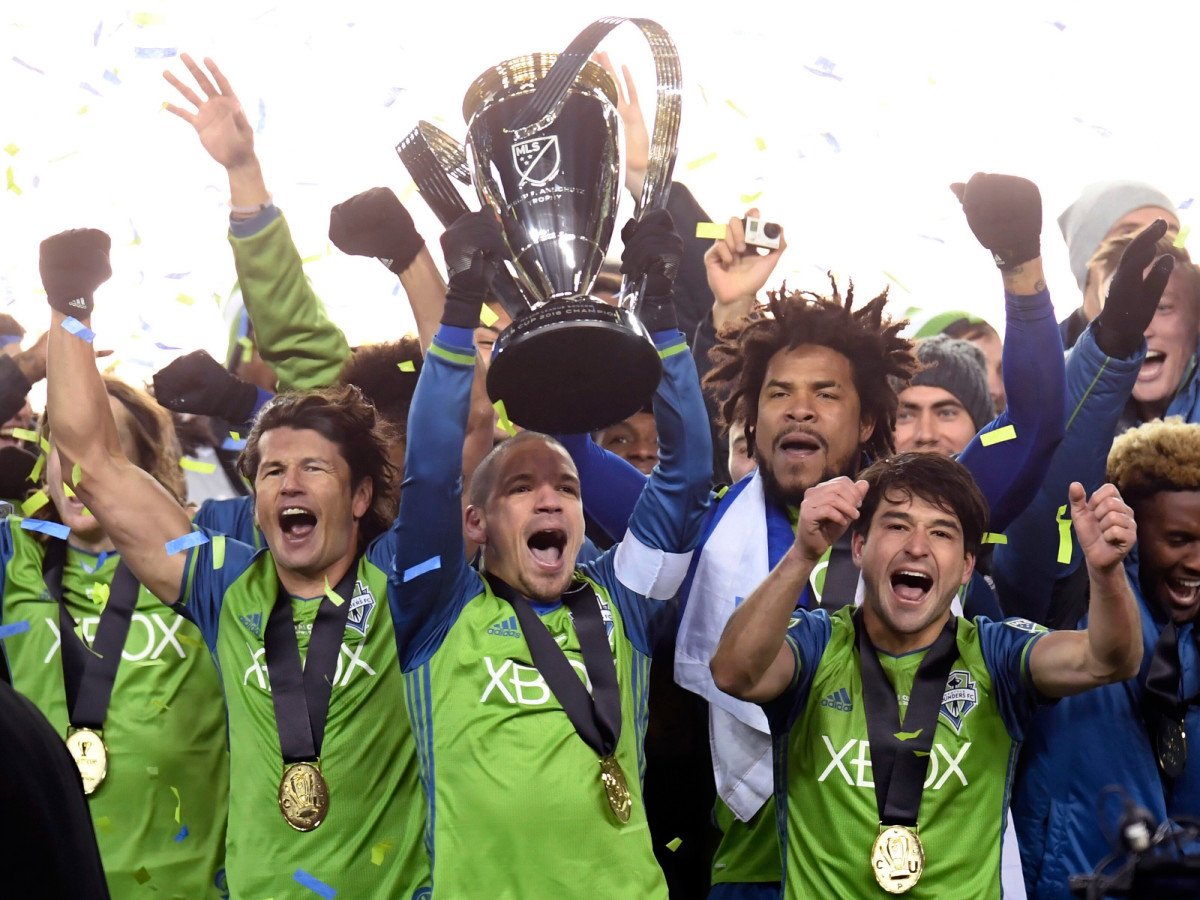
2016 – Seattle Sounders (beat Toronto FC in penalty kicks after 0-0 draw)
2017 – Toronto FC
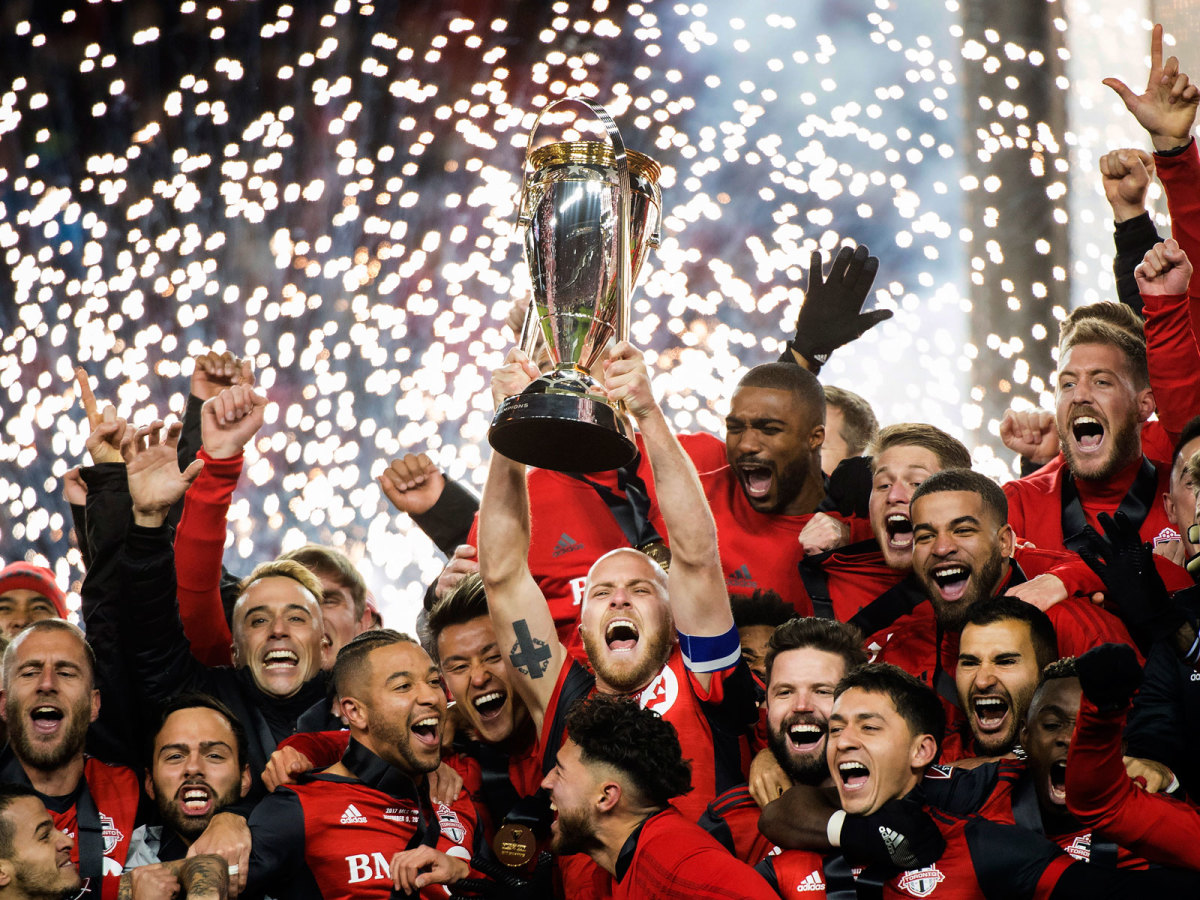
2017 – Toronto FC (beat Seattle Sounders 2-0)
2018 - Atlanta United
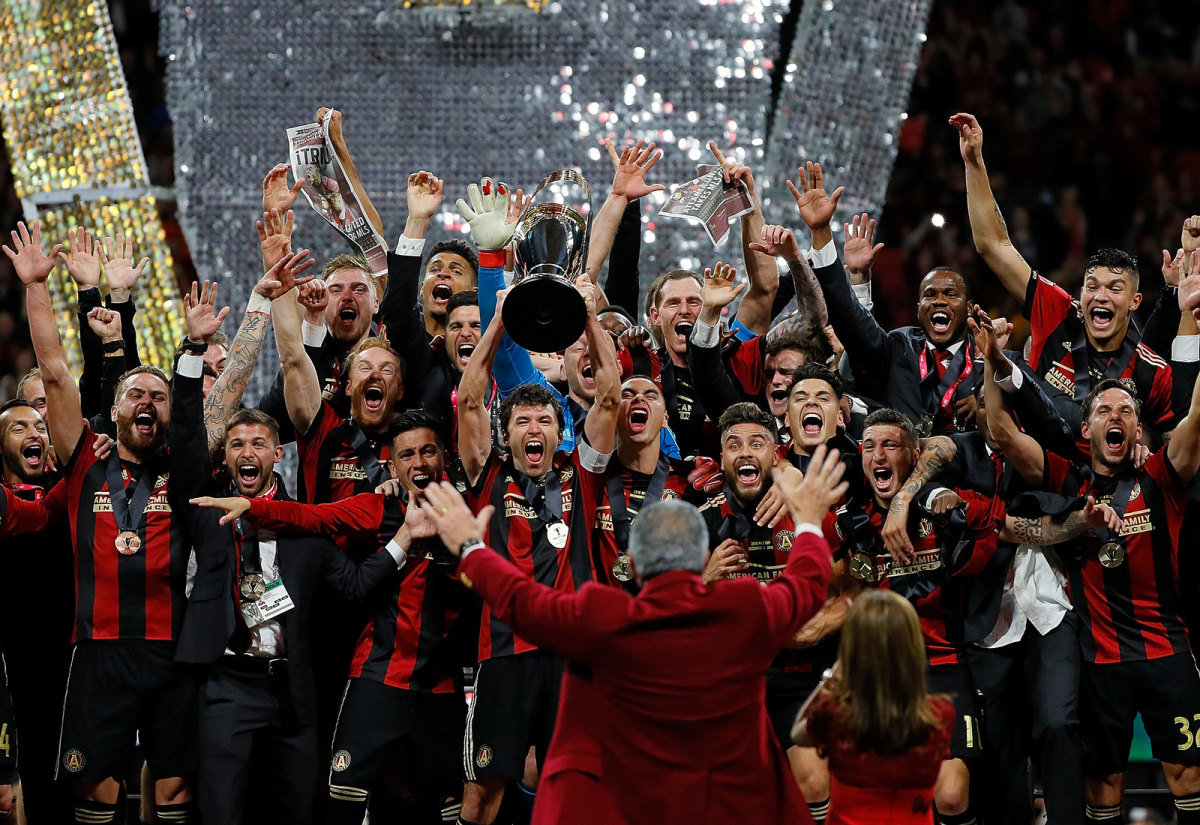
2018 - Atlanta United (beat Portland Timbers 2-0)
